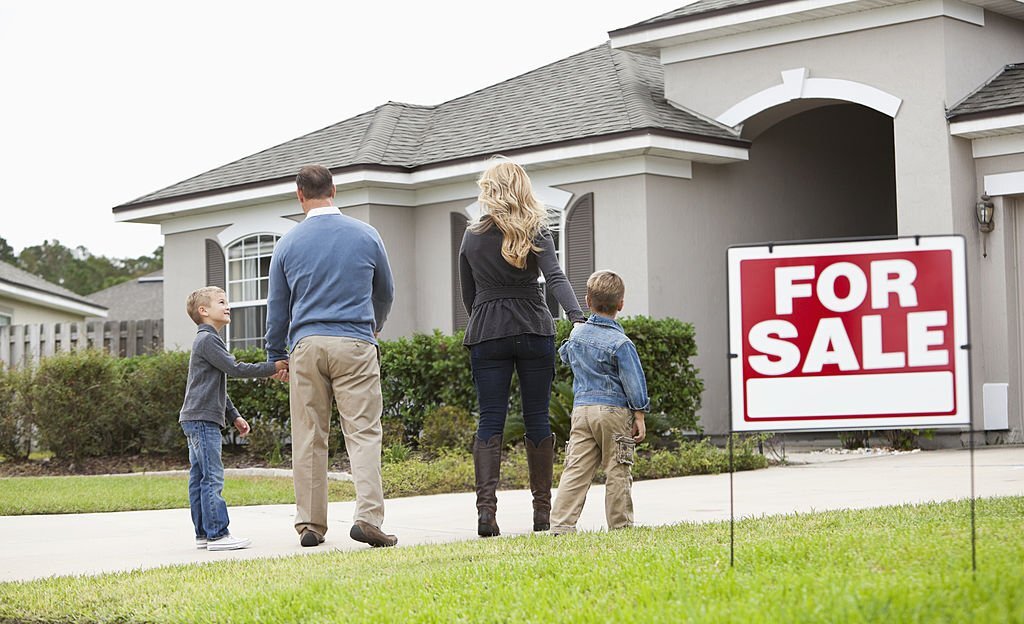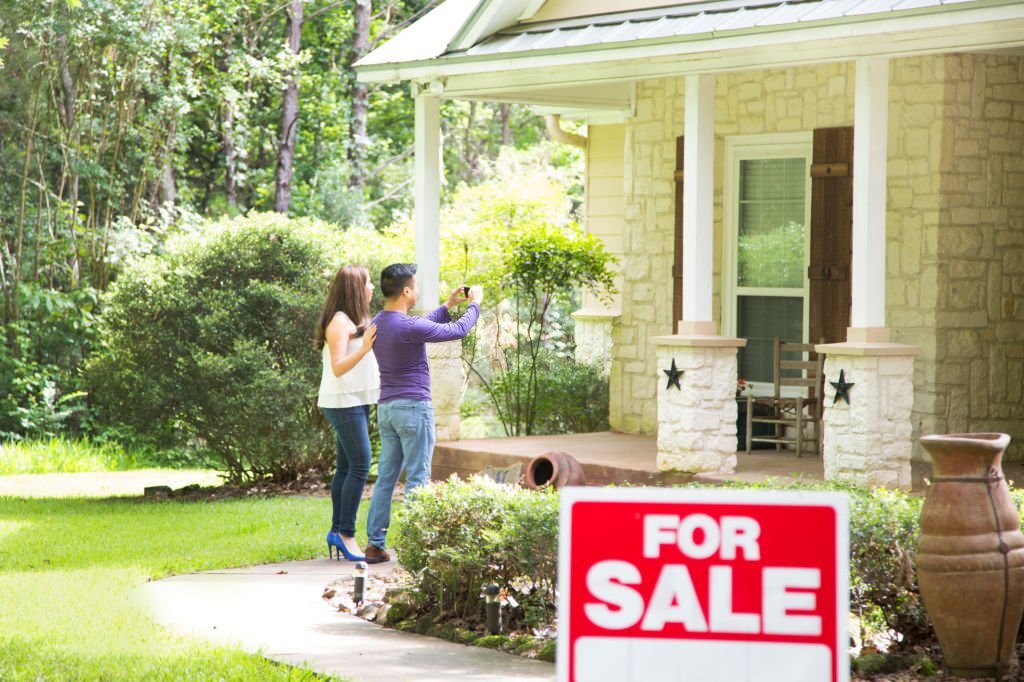When selling your home, one of the most crucial aspects is determining the right price. Pricing your home correctly can greatly impact its marketability and the success of the sale. In this guide, we will explore various factors and strategies to consider when pricing your home for sale.
Factors to Consider When Comparing Homes
Location
The location of your home plays a significant role in its value. Factors such as the neighborhood, proximity to amenities, schools, and transportation options all contribute to a home’s desirability and, ultimately, its market value. Buyers often prioritize location when searching for a home.
Age
The age of a home can also influence its market value. Homes of different ages may have varying appeal and conditions. Buyers often consider the age of the property and its components, such as the roof, HVAC systems, and appliances, when determining the value of a home.
Square Footage
The size of a home, particularly the livable space, is an essential factor that buyers consider when assessing its value. Larger homes with more square footage generally have a higher market value. However, it’s important to note that the layout and functionality of the space also play a role in determining its value.
Gaining Insights on Pricing Your Home – Review Expired Listings
Analyzing expired listings in your area can provide valuable information on homes that were overpriced or faced challenges in the market. By comparing their original list prices with their final sale prices, you can gain insights into pricing mistakes to avoid. This information helps you understand the potential consequences of pricing your home incorrectly.

Pricing Strategy That Appeals to Buyers
When setting the price for your home, it’s important to consider a pricing strategy that appeals to buyers. One such strategy involves avoiding obscure and century pricing. Research suggests that buyers are often attracted to prices just below a “century” number (e.g., $9.95 instead of $10). This psychological pricing technique can make your home seem more approachable and potentially attract more buyers.
Gaining Insights on Pricing Your Home
To effectively price your home for sale, it’s essential to gain insights from the market. By reviewing expired listings and comparing original list prices, you can make informed decisions about pricing your home. Here are two strategies to help you gain valuable insights.
Comparing Original List Prices
Comparing the original list prices of recently sold homes allows you to understand market trends and gather valuable insights. Here’showyoucanutilizethisstrategy:
- Understanding market trends by comparing recently sold homes: Research recently sold homes in your neighborhood and compare their original list prices. This comparison will provide you with insights into market conditions and pricing patterns. By analyzing successful sales, you can gain a better understanding of buyer expectations and position your own home accordingly.
- Utilizing Comparative Market Analysis (CMA) or independent research: Consider utilizing a Comparative Market Analysis (CMA) provided by a real estate agent. A CMA is a comprehensive report that includes recent sales data and helps determine a fair market value for your home. If you’re selling your home on your own, you can conduct independent research using online resources and public records. Ensure that the comparable properties you consider are within a reasonable distance, have been listed within the last few months, and are similar in age and square footage to your home.
Understanding Price Banding and Its Advantages
Price banding is a pricing strategy that offers several benefits when selling your home. By finding a less crowded price point in the current inventory and attracting buyers looking for homes within that range, you can increase your chances of a successful sale. Here’s what you need to know:
Definition and Benefits of Price Banding
Price banding involves selecting a price point that stands out from the competition in your neighborhood’s current inventory. By choosing a price that is less crowded with similar listings, you can differentiate your home and attract potential buyers. The benefits of pricebandinginclude:
- Finding a less crowded price point in the current inventory: By examining the pricing of other homes currently for sale in your neighborhood, you can identify price points with less competition. This strategy helps your home stand out and captures the attention of prospective buyers who are searching within that specific price range.
- Attracting buyers looking for homes within that price range: Many buyers have a specific price range in mind when searching for homes. By pricing your home strategically within a particular range, you increase its visibility to buyers actively searching within that price segment. This can lead to more inquiries, showings, and potential offers.
Incorporating these strategies, such as reviewing expired listings and utilizing price banding, can provide valuable insights and help you set the right price for your home. Remember to consult with a real estate agent or conduct thorough research to ensure your pricing decisions align with current market conditions and buyer expectations.
Pricing Strategy That Appeals to Buyers
To effectively appeal to buyers and maximize the chances of selling your home, it’s crucial to implement a strategic pricing approach. By considering psychological factors and creating an approachable impression, you can optimize your pricing strategy. Here are key considerations:
Psychological Impact of Pricing Just Below “Century” Number
- Attractiveness to buyers: Pricing just below a round number creates a perception of value and affordability. Buyers tend to be more drawn to prices like $299,999 compared to $300,000, as the former feels more appealing and budget-friendly.
- Perception of affordability: Pricing below round numbers may make buyers believe they are getting a better deal or saving money. This psychological effect can contribute to increased buyer interest and a higher likelihood of receiving offers.
Importanceof creating an approachable impression on buyers
- Standing out from the competition: By adopting a price banding strategy, where you find a less crowded price point compared to similar homes in the market, you can differentiate your listing and attract more attention from potential buyers.
- Increasing visibility: When your home is priced within a specific price band, it becomes more visible to buyers who are actively searching for homes within that range. This can lead to more inquiries, showings, and potential offers.
Incorporating these pricing strategies can help you appeal to buyers and optimize your chances of a successful sale. It’s essential to strike a balance between market trends, buyer expectations, and creating a pricing strategy that positions your home competitively within the current inventory. Consulting with a real estate agent or conducting thorough research based on comparable sales data will provide additional guidance in determining the ideal pricing range for your home.
FAQ:
What factors should be considered when comparing homes? (Location, age, square footage)
When comparing homes, consider location, age, and square footage.
How can you gain insights on pricing your home? (Review expired listings, and compare original list prices)
Gain insights on pricing by reviewing expired listings and comparing original list prices.
What is price banding, and how can it be advantageous? (Finding a less crowded price point among current inventory?
Price banding involves finding a less crowded price point among the current inventory, which can be advantageous.
What pricing strategy appeals to buyers? (Avoiding obscure and century pricing)
Avoid obscure and century pricing as it is more appealing to buyers.




